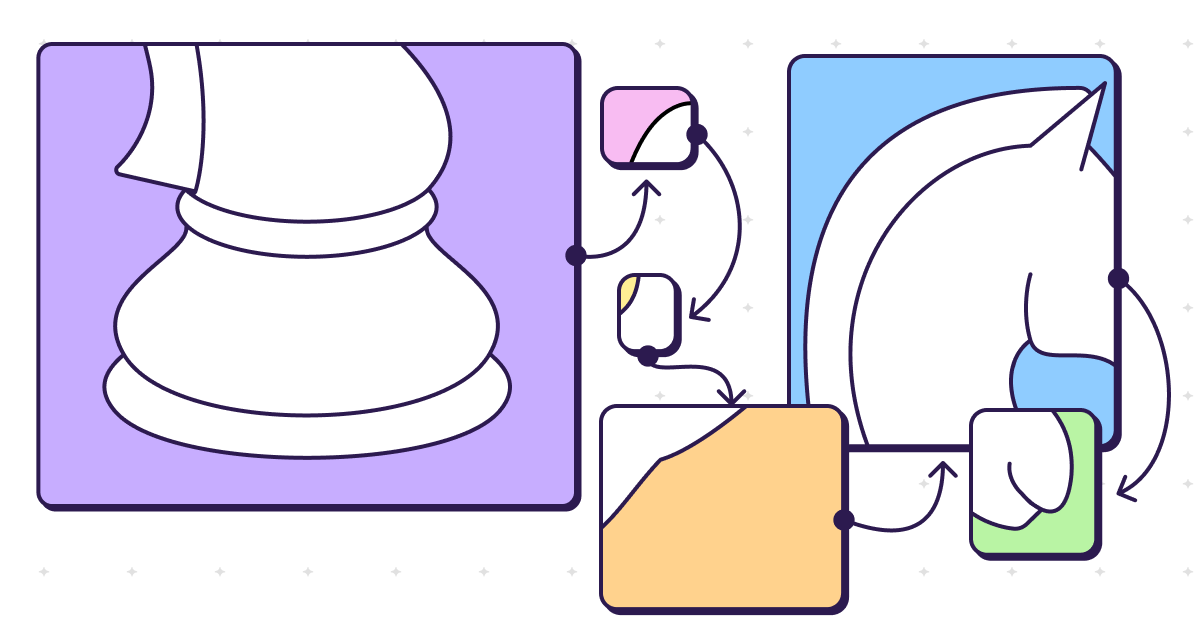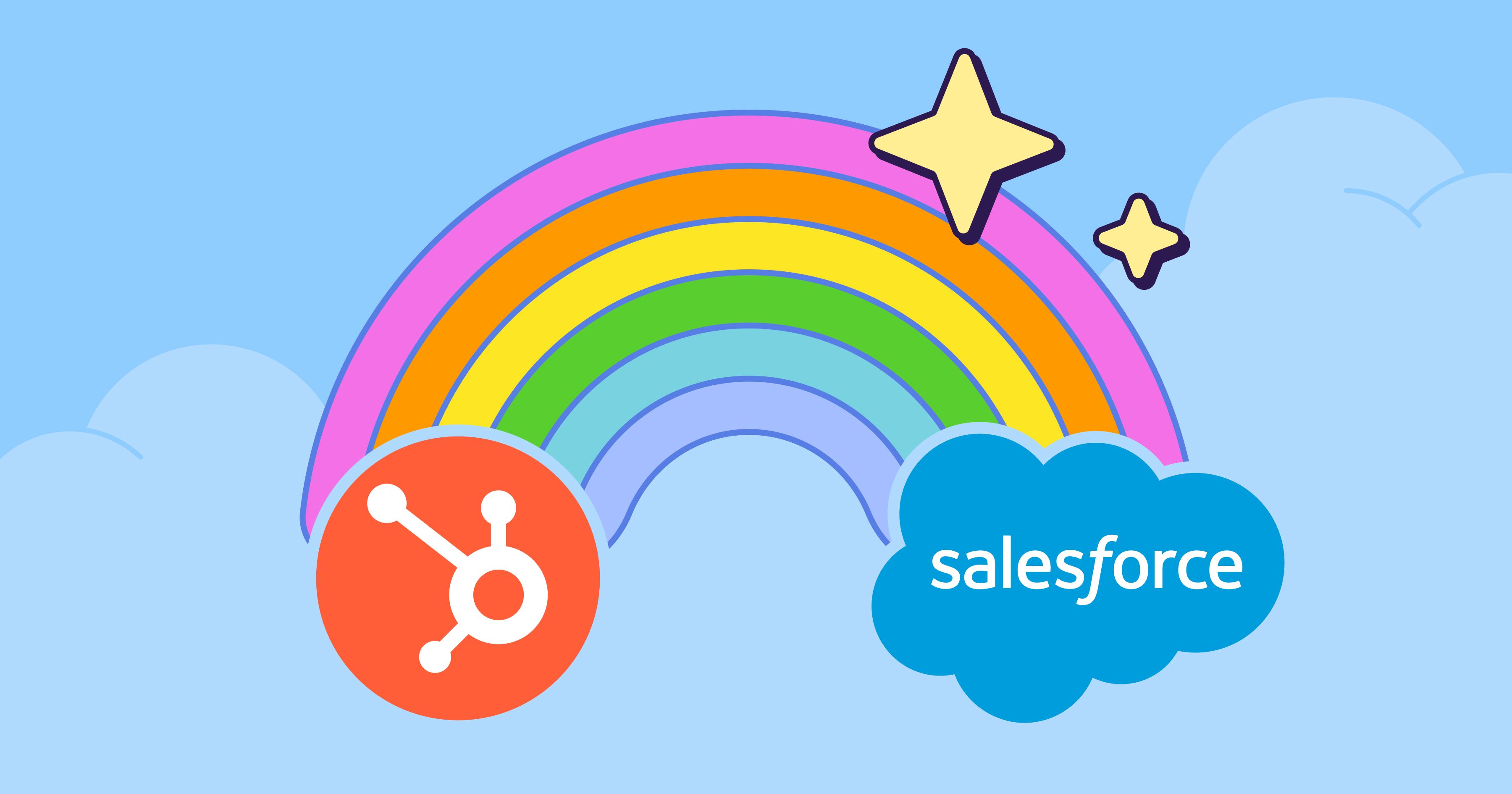
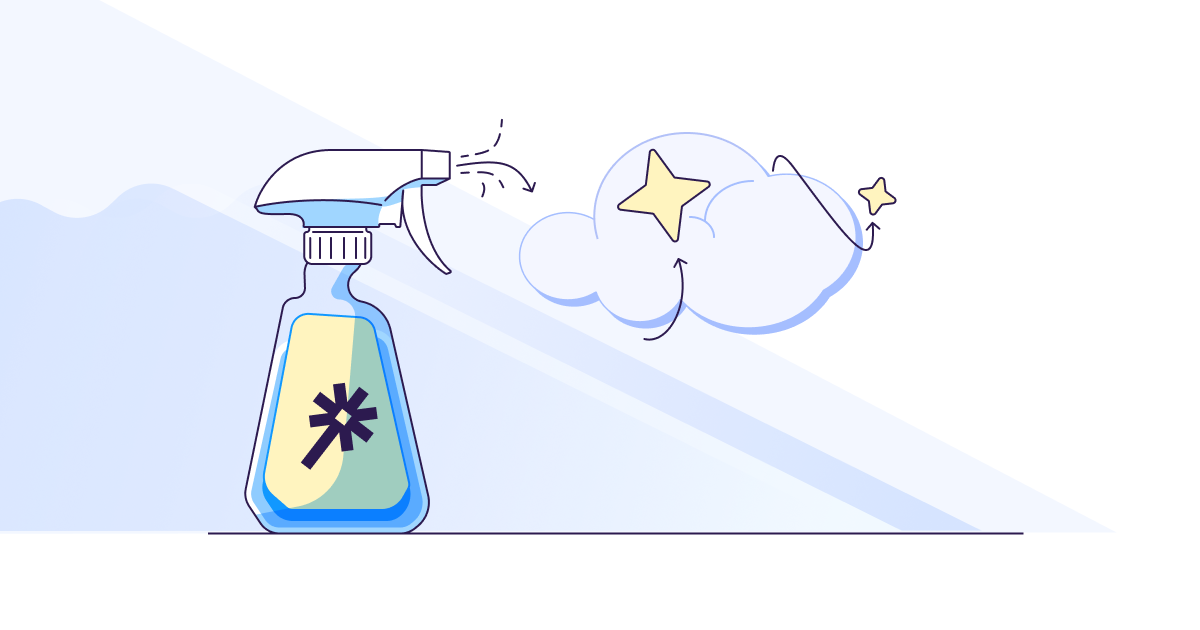
Maintaining accurate and reliable data within Salesforce is critical to leveraging its full potential. Accurate and up-to-date information can mean the difference between sealing a deal and missing out on a valuable opportunity. Unfortunately, many organizations grapple with data quality issues that undermine the foundation of their Salesforce implementations and leave everyone frustrated with the platform as a whole. In this article, I explore five essential strategies to elevate your Salesforce data hygiene: Data Validation, User Training and Guidelines, Duplicate Management, Automations, and Visualizing Your End-to-End Customer Journey.
1. Defining Data Validation
Validation rules are a set of customizable criteria and conditions that you can define to ensure that the data entered into your Salesforce records meets specific requirements or constraints. These rules are a crucial part of maintaining data accuracy and consistency within your Salesforce organization.
The main benefit of validation rules is that it eliminates subjectivity from the sales process and creates consistent evaluation. By measuring each step of the process with agreed-upon, objective criteria, we ensure uniformity at every stage. This positively impacts MQLs, SQLs, handoffs between SDRs to AEs, forecasting accuracy, and consequently, we gain confidence that every record in our pipeline undergoes evaluation through a standardized lens, enhancing the depth and reliability of our data.
For example, you can create a validation rule that follows the way your company describes MQLs (such as company size and industry criteria). This helps align your marketing and sales teams on leads that meet both lead quality and company size requirements, and enhances data accuracy right from the start.
If you are worried about searching to find all that required data on a page layout, at Sweep, we’re able to deliver the exact fields you need, at the moment you need them, without developer maintenance.
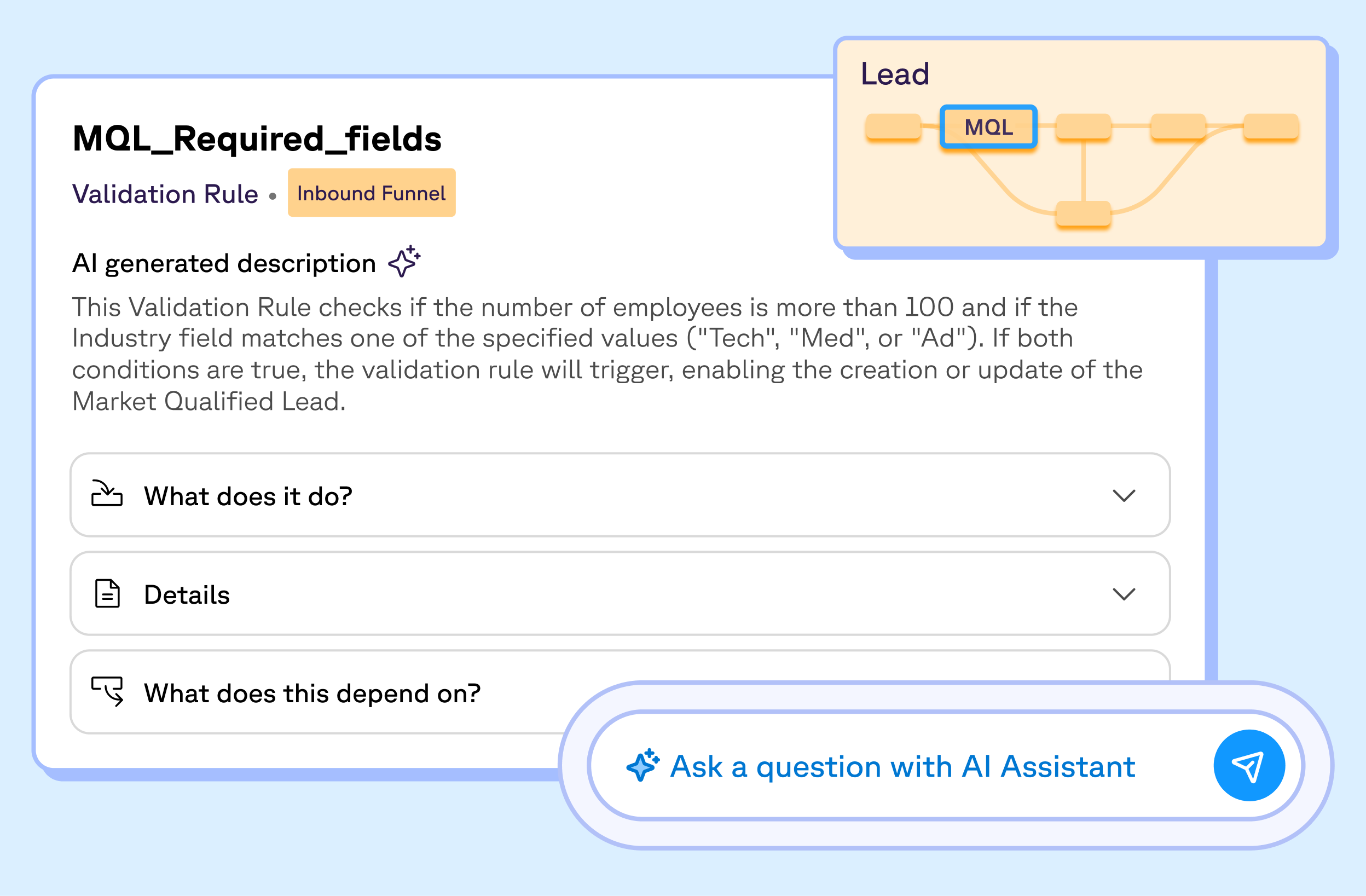
2. Leveraging User Training and Guidelines
Comprehensive user training is vital to instill data entry best practices and emphasize the importance of accurate data. Provide clear guidelines for data input and updates, and make sure your team understands their role in maintaining data quality.
Additionally, creating a Lightning/Salesforce Path for reps with optimized page layouts in Salesforce helps guide the sales team on what actions they need to take to move deals forward, leading to better data hygiene. When users are empowered and informed, data hygiene becomes a collective effort. Sweep automatically creates and manages its own Dynamic Path, with inline guidance to make Salesforce interaction easy for your Sales teams, without the page configuration.
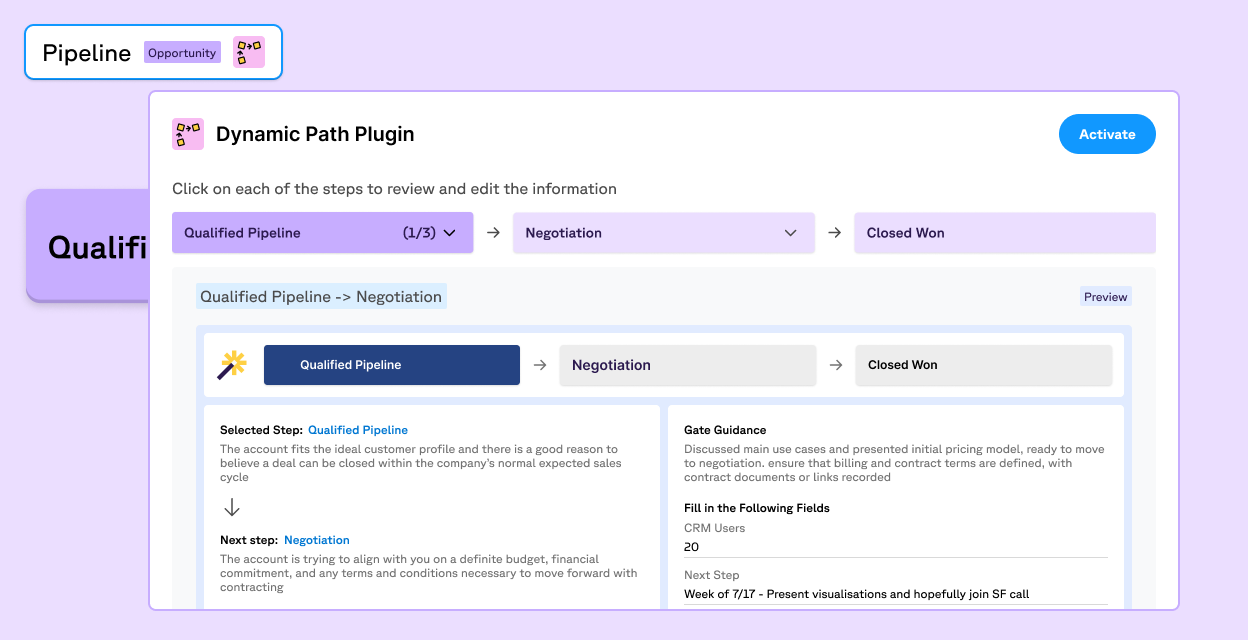
3. Implementing Duplicate Management Strategies
Duplicate records are inevitable over time and can create issues in your CRM, leading to confusion and inefficiency. Not only does this impact Rules-of-Engagement for your reps and will likely lead to different reps reaching out to the same prospect, which negatively impacts the customer experience, it can also negatively impact or skew your data analysis.
Picture this: one sales rep, Joe, is reaching out to a prospect, Tammy, through one email (tammy@acme.com). Tammy comes to the website and downloads an eBook with another email (tammy.t@acme.com) and, in turn, becomes a lead that a different rep, Fred, is reaching out to. Now both Joe and Fred are reaching out to Tammy, which is confusing at best, or annoying at worst. Leveraging deduplication, we could have ensured that Tammy’s second email was merged to the first, alerting Joe, rather than routing to Fred.
While Salesforce has some out-of-the-box deduplication capabilities, its limitations include the need for manual intervention, difficulty handling historical data duplicates, and limited support for cross-object deduplication, often necessitating third-party or custom solutions for comprehensive and automated deduplication needs.
Sweep's deduplication functionality effectively addresses Salesforce's limitations by providing automated and real-time deduplication across multiple objects, allowing you to identify and merge duplicate records seamlessly. This comprehensive approach ensures a cleaner and more accurate Salesforce database, aligning with the needs of organizations with complex data models and dynamic data quality requirements.
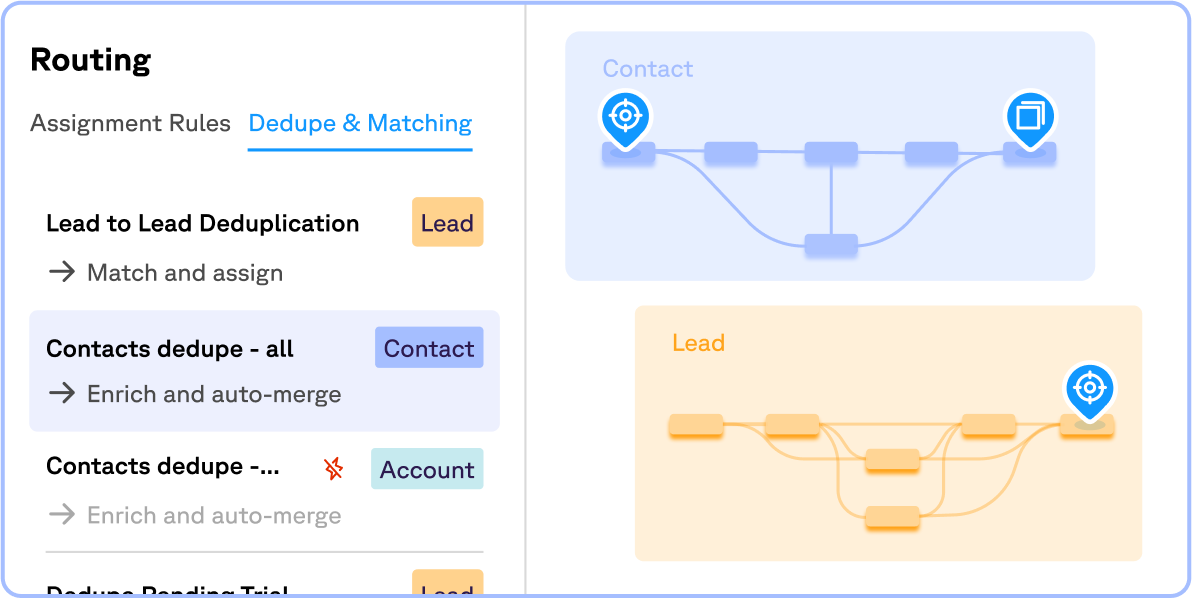
4. Streamlining Data Maintenance through Automations
Implementing automations is a game-changer when it comes to data hygiene. Humans (including sales people) are prone to error, and mistakes in manual data entry are not few-and-far-between. This can lead to inaccurate forecasting, misrepresentation of individual pipelines and, by proxy, company pipeline. Dealing with this doesn’t have to mean “Babysitting” your reps’ pipeline.
By implementing automations, you can create consistency on how you’re treating different opportunity stages, for example, stale opportunities. Setting up alerts creating automations to alert reps when an opportunity is sitting in the “Negotiation” stage for 60, 75, and 89 days without being touched. If there is still no activity at the 90 day mark, update the opportunity to “Closed Lost.” This can improve data hygiene and accuracy in forecasting.
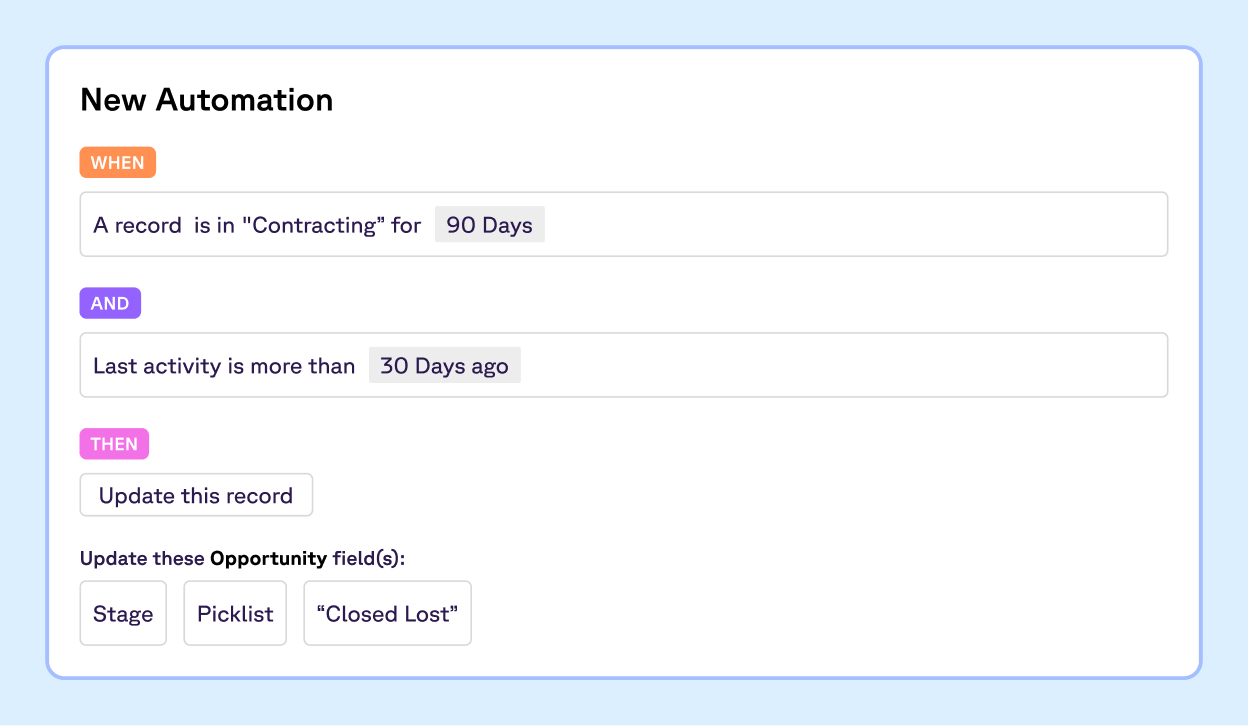
5. Visualizing Your End-to-End Customer Journey
One of the latest and most innovative approaches to enhancing Salesforce data hygiene is by visualizing your end-to-end customer journey. Untrustworthy data frequently stems from a Salesforce configuration that fails to mirror the customer journey and sales motion accurately. The non-visual nature of Salesforce makes it easy to overlook these discrepancies.
Solutions like Sweep allow users to gain a holistic view of all CRM processes in a single, comprehensive view, spanning across various Salesforce objects. This visualization enables you to map out your customer journey, ensuring it aligns with your GTM strategy and sales motion in Salesforce. From there, you can identify misalignments and bottlenecks in your processes and make informed decisions to optimize your GTM strategies and data model.
Consider the case of Chris Ryan, Vice President of Customer Success and the accidental Salesforce admin at Sorbet. He encountered data quality issues stemming from a Salesforce configuration that didn't align with their sales playbook. Through a solution like Sweep, he visualized Sorbet's entire Salesforce configuration, revealing misalignments in their lead handling process. With this insight, changes were deployed with just a few clicks, transforming Salesforce into a true reflection of their sales strategy.
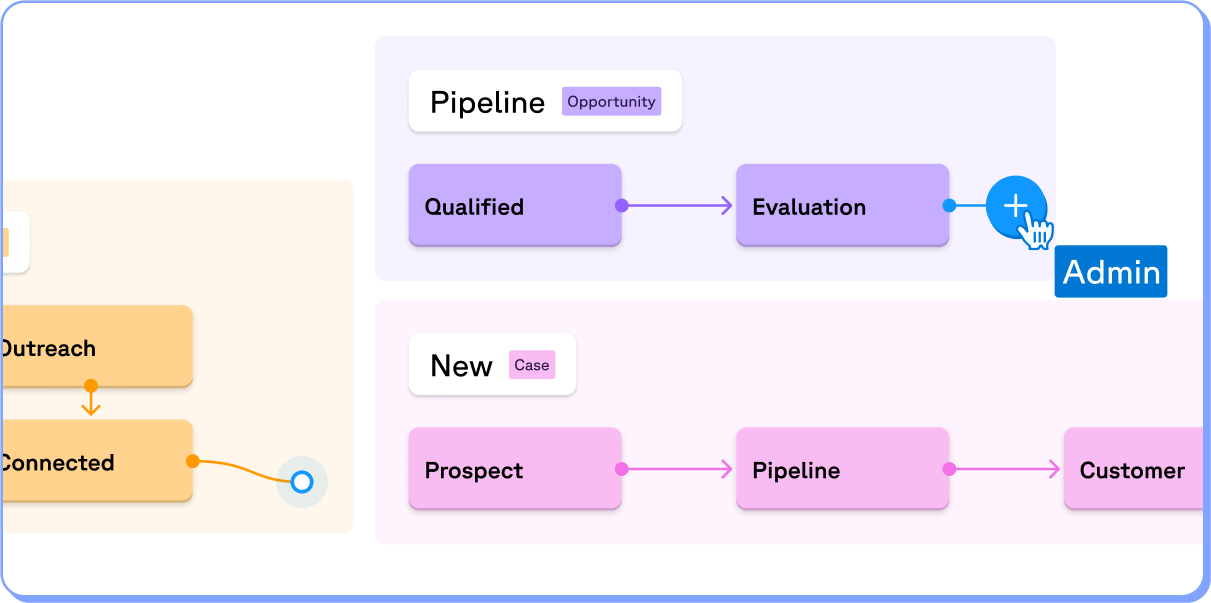
Inaccurate data in Salesforce can lead to misguided decisions, wasted resources, and missed opportunities. Addressing data quality challenges requires a multifaceted approach that encompasses data validation, providing user training and guidelines, practicing efficient duplicate management, leveraging automations, and visualizing your end-to-end customer journey. By establishing a data-driven culture and regularly reviewing your Salesforce configuration, you can ensure that your Salesforce instance evolves in lockstep with your sales strategy, becoming a powerful engine for revenue growth rather than a source of frustration.
Remember, clean and reliable data is not just about meeting compliance standards; it's about making informed decisions, fostering better customer relationships, and ultimately driving revenue growth.
Interested in learning more? Book a demo here.







